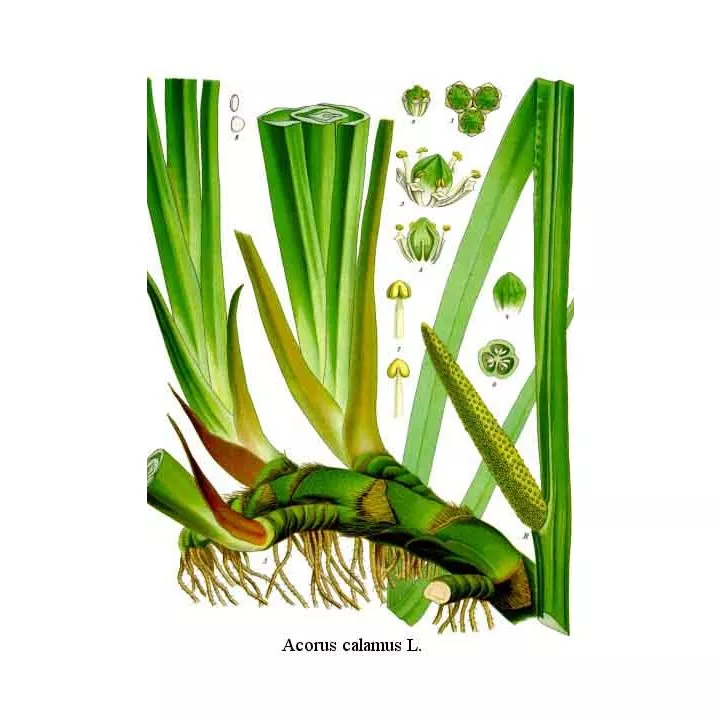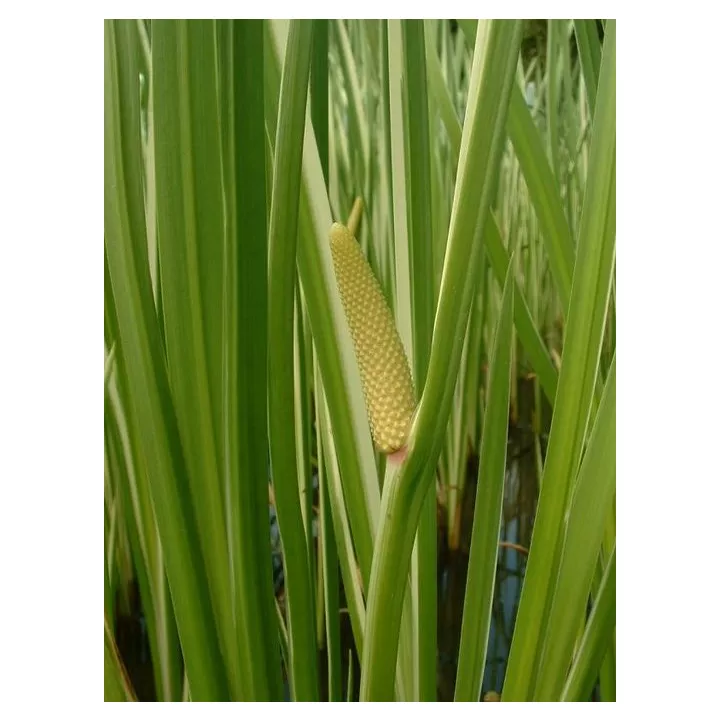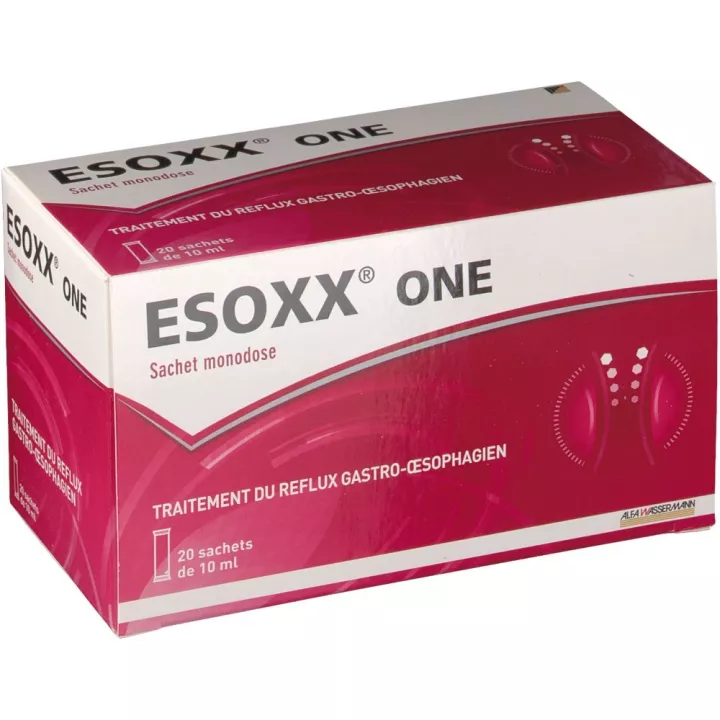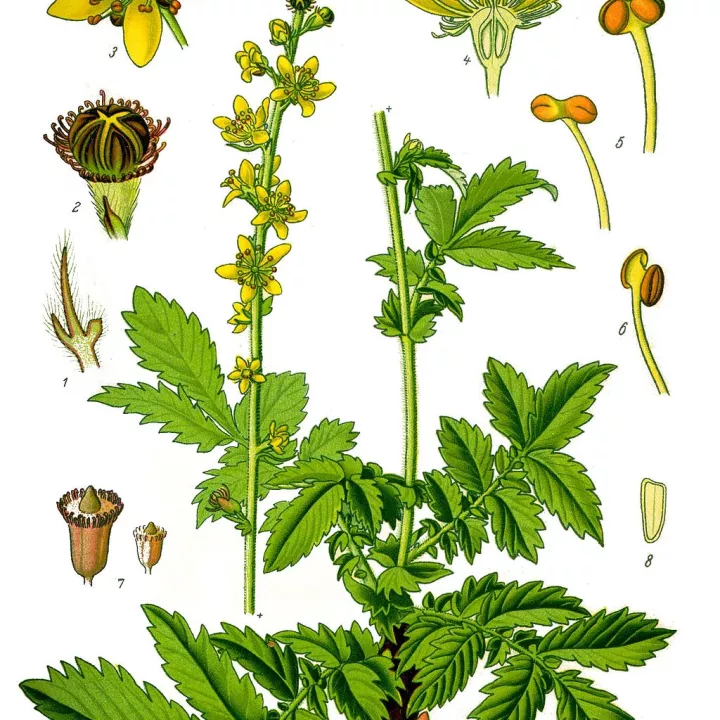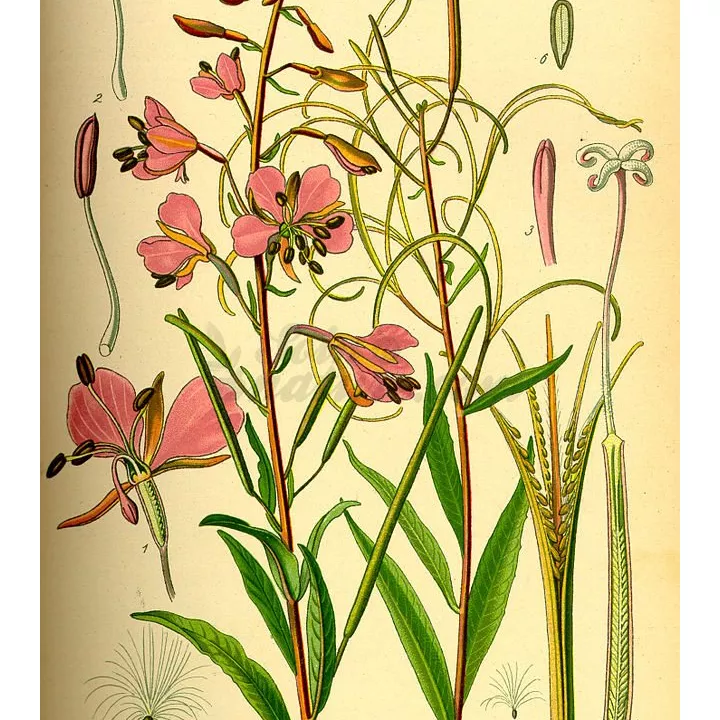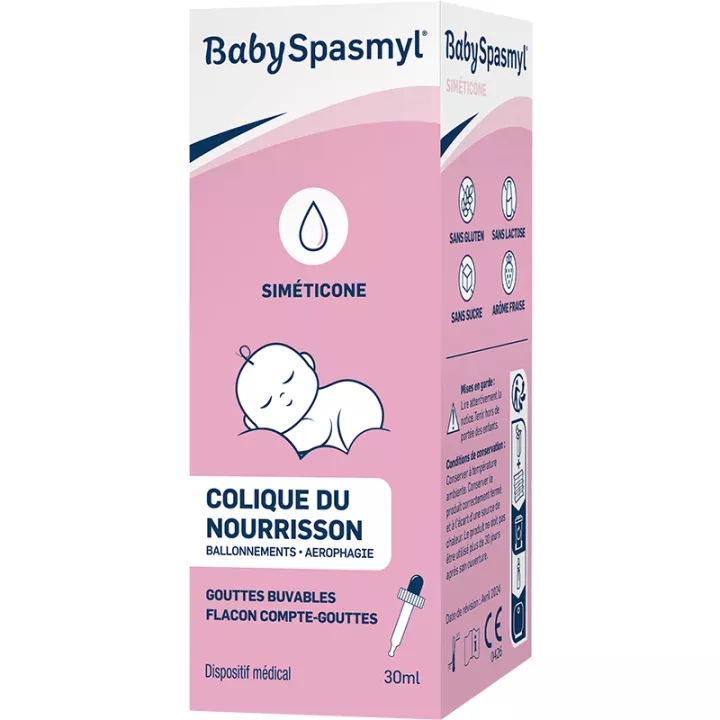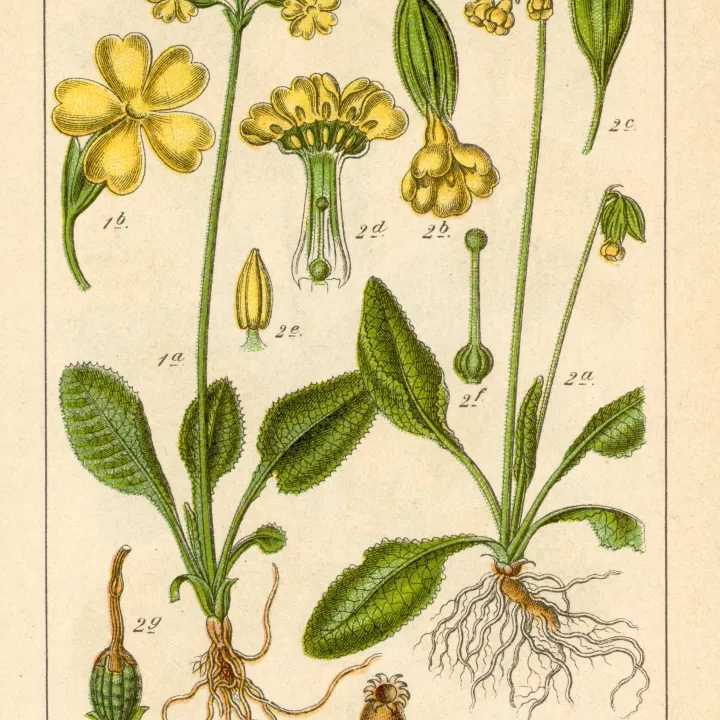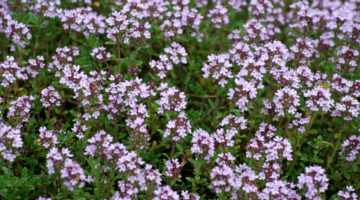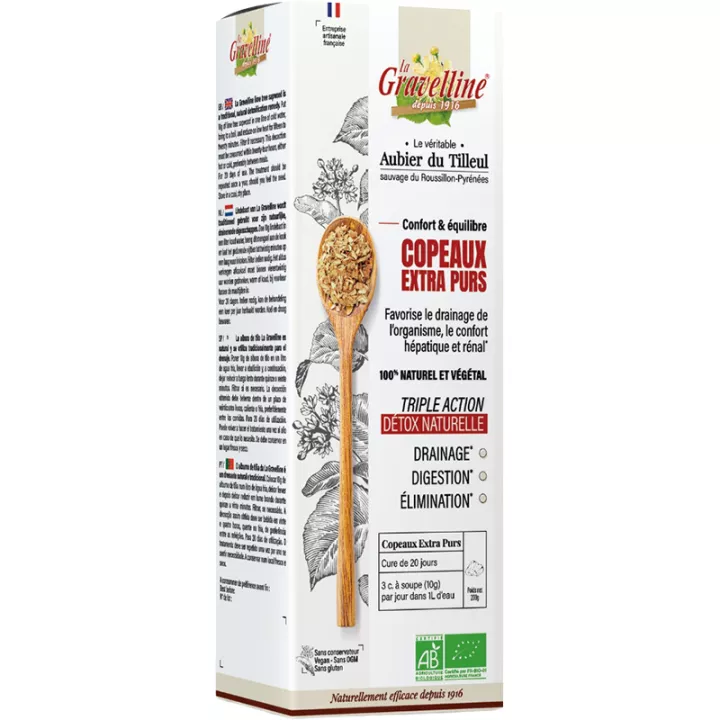What is sweet flag used for?
Calamus rhizomes, also known as sweet flag, have been used for centuries in traditional medicine for their many therapeutic properties. These rhizomes, which form the underground part of the plant, are packed with active compounds such as acorenone, acoragermacrone and bornyl acetate. These substances play a crucial role in improving various aspects of health.
Sweet gale is particularly renowned for its digestive benefits. By stimulating bile production, it aids the digestive process, relieving symptoms such as dyspepsia, bloating and intestinal gas. In addition, it is often recommended to soothe nausea and vomiting, particularly in the case of motion sickness. This plant is also beneficial for those suffering from functional colopathy or gastritis, reducing digestive spasms and helping to regulate stomach acidity.
Calamus rhizomes are also recognized for their effects on mental health. Thanks to their ability to regulate cortisol levels, they help reduce stress and anxiety, while improving concentration and memory. These benefits make them an ideal supplement for people under chronic stress or seeking to boost their cognitive performance. What's more, in Ayurvedic medicine, it is used to regenerate the brain, acting as a powerful neuroprotector.
Sweet gale has remarkable anti-inflammatory and antioxidant properties, making it particularly useful for treating skin conditions such as eczema, psoriasis and acne. Its soothing action on the skin helps reduce redness, itching and inflammation. It can also be used to relieve joint and muscle pain, particularly in neuropathic pain sufferers, thanks to its calcium blocking action.
Calamus rhizomes also have an immunomodulating action, helping to strengthen the body's natural defenses. They act as an immunosuppressant in some cases, regulating excessive immune response, which is beneficial for people suffering from autoimmune diseases. In addition, their antibacterial and antifungal effect helps prevent infections and maintain a balanced intestinal flora.
Thanks to beta-asarone, sweet gale has sedative effects on the central nervous system, helping to calm nervousness andinsomnia. The plant is also renowned for its action on neuropathic pain. In addition, its antioxidant and neuroprotective action supports cognitive function and may contribute to the prevention of neurodegenerative diseases.
In addition to its digestive, mental and skin benefits, sweet gale is used to treat various disorders such as migraines, joint pain and functional colopathy. It is also used as anatural insecticide and for its antiproliferative effects, making it invaluable in the prevention of certain diseases.
The Iphym laboratory also offersAigremoine eupatoire Plante Coupée at the best price in our online pharmacy.
How to use this plant
To take full advantage of the benefits of Calamus rhizomes, we recommend using them in herbal tea form. Here's how:
- Preparation: Add 8 to 10 grams of rhizomes to 1 liter of water.
- Cooking: Bring the water to the boil, then remove from the heat.
- Infusion: Leave to infuse for 10 minutes.
- Consumption: Drink 3 to 4 cups a day. This bitter tonic stimulates the digestive glands and is particularly effective against gastric disorders such as bloating, nausea and gastro-oesophageal burning.
Alternatively, you can make a liqueur from dried rhizomes. Mix 100 g rhizome with 1/2 l alcohol and 1/2 l water. Leave to macerate for a week before filtering.
Give your opinion on how to use acore odorant with our partner Verified opinions after your purchase.
Precautions for use
Although sweet flag has been used for centuries for its medicinal virtues, there are a number of precautions to bear in mind:
- The essential oil of the European rhizome contains phenylpropane derivatives, including beta-asarone, which can be carcinogenic and impair fertility if overused.
- The Americanus variety is recommended, as it contains very little beta-asarone.
- Plants of Indian origin have higher concentrations, reaching up to 96%. European products are therefore preferable for regular use.
- Because of its powerful action, it is advisable to consult a health professional before use, especially for pregnant and breast-feeding women and children.
What is its composition?
E.O., Saponins, Mucilage, Bitter principle
Packaging
100 g, 250 g, 1 kg

